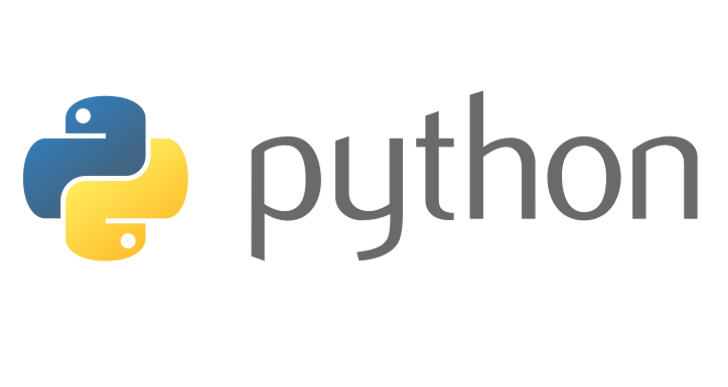Programming I - Intro to Python
GEOG 30323
January 23, 2024
Programming in Hollywood
Programming in Hollywood

Why code?
Why code for data analysis?
- Automation
- Documentation and reproducibility
- Logical organization
- Marketability!

- A high-level, object-oriented, general purpose programming language
- Interpreted rather than compiled
- Rapidly becoming the language of choice for introductory programming courses around the world
Why Python? (XKCD)

Why Python?
In Java, the classic “Hello World” program looks like this:
public class HelloWorld {
public static void main(String[] args) {
System.out.println("Hello World");
}
}Whereas in Python, you just type:
Why Python?
- Just ask these companies!
Other options for data analysis

- R (https://www.r-project.org/): programming language for statistics, data analysis, and much more (and a personal favorite of mine)
- Julia (http://julialang.org/): relatively new language for technical computing that aims for high-level syntax and C-like speed
Python on the command line
The Jupyter Notebook

- Browser-based notebooks for literate programming
- Evolved out of the IPython project
- Supports multiple languages; “home language” is Python
Google Colaboratory
- Cloud-based platform for hosted Jupyter Notebooks that connects to
your Google account & Google Drive.
- Let’s try it out! https://colab.research.google.com/
Literate programming
As defined by Donald Knuth:
Literate programming is a methodology that combines a programming language with a documentation language… The main idea is to treat a program as a piece of literature, addressed to human beings rather than to a computer.
Markdown
- Tool to convert plain text to HTML; used for literate programming in the Jupyter Notebook
Example:
_This link_ is __truly__ must-see: [click here to view it!](http://personal.tcu.edu/kylewalker/)This link is truly must-see: click here to view it!
Sage words before we get started…
You're doing it right if you get frustrated: if you're not frustrated,
you're (probably) not stretching yourself mentally
— Hadley Wickham (@hadleywickham)
February
11, 2015
Numbers and strings
- At a basic level, Python can function like a calculator, or concatenate strings:
- Object type: the way in which the object is stored (e.g. float, integer, string)
- Python is a dynamically typed language, which means that you don’t need to explicitly supply the object type
Variables
- In programming, a variable is a reference to some other sort of information or quantity
- Variables are created through assignment
Example:
Strings
- Strings, or textual representations of data, have a series of special methods that allow for their manipulation
Example:
Lists
- Data structure in Python for storing multiple values; enclosed in
brackets
[] - List elements do not need to all be of the same type (though you’ll often want them to be)
Example list: mylist = [2, 4, 6, 8, 10, 12]
Indexing and slicing
- Elements in Python can be accessed by position using indexing; covers characters in strings, objects in lists, and much more
- Python indexing starts at 0 - meaning that the first element is
referenced with
0, the second with1, and so forth - Slicing: extract subset
a:bstarting with positionaup to but not including positionb
Indexing and slicing
Example: